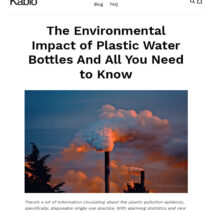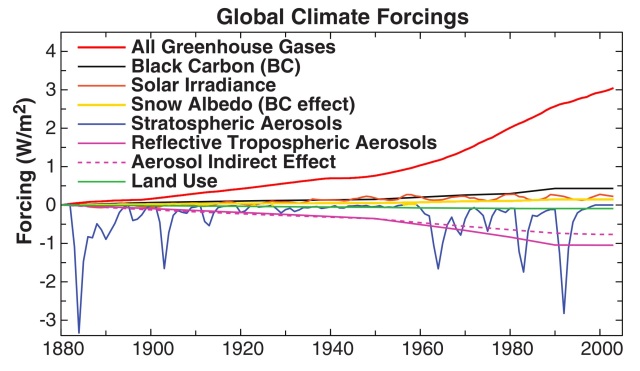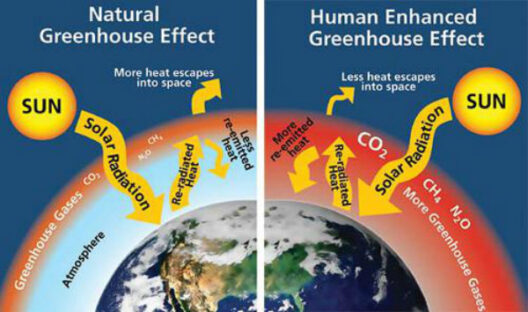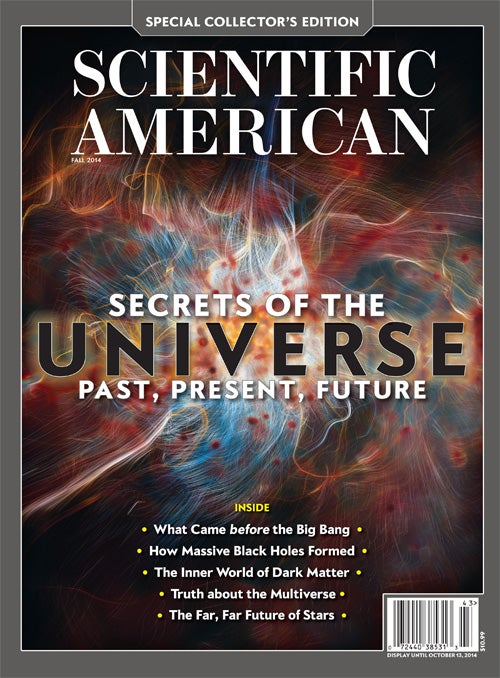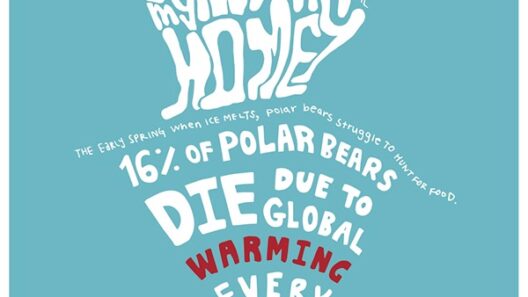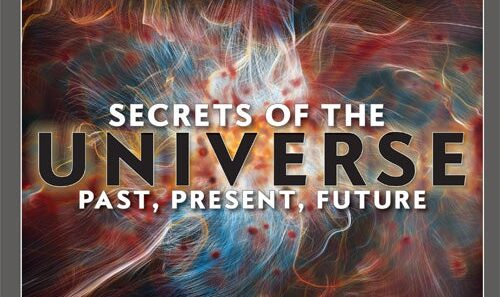Global warming, a multifaceted phenomenon resulting from anthropogenic actions, has garnered significant attention in recent decades. The fundamental question that arises is whether global warming can be proven using the scientific method. The scientific method, characterized by systematic observation, measurement, experimentation, and the formulation of hypotheses, serves as a cornerstone for validating phenomena across disciplines. This investigation will elucidate the robustness of this methodology in ascertaining the veracity of global warming.
To embark on this exploration, one must first understand what constitutes global warming. In essence, it refers to the long-term increase in Earth’s average surface temperature, predominantly linked to heightened levels of greenhouse gases (GHGs) in the atmosphere, such as carbon dioxide (CO2) and methane (CH4). The inception of the industrial revolution marked a pivotal point, where human activities, chiefly the combustion of fossil fuels, began to significantly augment the concentration of GHGs. This augmentation has fostered a relentless accumulation of evidence underpinning the assertion that global warming is not a mere correlation but a causative phenomenon grounded in scientific inquiry.
The initial step in applying the scientific method to global warming involves observation and documentation of climatic data over time. Researchers have meticulously gathered extensive datasets from various sources, including satellite imagery, ocean buoys, and terrestrial weather stations. These observations reveal an unequivocal trend: an increase in global temperatures over the past century. Such empirical evidence forms the bedrock upon which hypotheses can be formulated.
Once observations are meticulously recorded, scientists postulate hypotheses. For example, one might hypothesize that the increase in atmospheric CO2 correlates directly with rising global temperatures. To test this hypothesis, controlled experiments are often challenging due to the complexity of Earth’s systems. Instead, researchers utilize sophisticated climate models that emulate Earth’s climate, incorporating variables such as solar radiation, volcanic activity, and human-induced emissions. These models yield predictive outputs, which are then compared against real-world data.
The scientific community has consistently affirmed the hypothesis of anthropogenic global warming through rigorous peer-reviewed research. Multi-faceted analyses, such as those performed by the Intergovernmental Panel on Climate Change (IPCC), consolidate findings from thousands of studies, demonstrating that the increase in GHGs is predominantly driven by human activity. The meticulous synthesis of varied data sources exemplifies the strength of the scientific method in substantiating claims regarding global warming.
Furthermore, the principle of falsifiability is crucial in validating hypotheses. To assert that global warming can be proven through the scientific method, it is imperative to establish scenarios where the hypothesis could be disproven. Various observational techniques, including ice core analysis, tree ring data, and ocean sediment studies, offer insights into historical climate patterns, indicating that contemporary warming trends are unprecedented in the context of natural variability. By continually refining hypotheses in light of new data, scientists furnish a dynamic narrative that evolves as our understanding deepens.
Moreover, interdisciplinary collaboration enhances the scope of inquiry surrounding global warming. The integration of climatology, oceanography, and atmospheric science fosters a comprehensive understanding of the interplay between various factors driving climate change. Advanced simulations and data analysis techniques, such as artificial intelligence and machine learning, further refine predictive accuracy, allowing for nuanced assessments of potential future scenarios.
As perplexing as the mechanisms behind global warming may be, the evidentiary chain created through the scientific method amplifies our understanding. For instance, observational studies documenting increased frequency and severity of extreme weather events align with theoretical predictions of a warming climate. These links not only reinforce the underlying hypotheses but also illuminate the far-reaching implications of climate disruption on ecosystems and human societies.
Despite the empirical evidence amassed, skepticism persists in certain circles. The resistance to accepting the validity of global warming frequently arises from cognitive biases, economic concerns, and ideological beliefs. Herein lies an opportunity for educational outreach and community engagement, fostering a culture of scientific literacy that demystifies climate science. By equipping individuals with a foundational understanding of the scientific method, a shift in perspective regarding global warming may ensue, inspiring proactive measures to mitigate its consequences.
Crucially, the ongoing discourse surrounding global warming transcends mere academic circles; it implores societal reflection and action. The evidence amassed through scientific inquiry informs policy decisions, drives innovation, and galvanizes public sentiment. As citizens become more aware of the multifarious ways climate change permeates their lives, the imperative for action becomes increasingly palpable.
In conclusion, the scientific method offers a robust framework for proving the existence and causation of global warming. Through meticulous observation, rigorous hypothesis testing, and the synthesis of interdisciplinary approaches, the phenomenon of global warming emerges not merely as a hypothesis but as a scientifically validated reality. As we confront the existential challenges posed by our changing climate, embracing this perspective cultivates a sense of agency and responsibility. By recognizing the validity of scientific inquiry and its implications, we are poised to embark on a transformative journey—one that prioritizes sustainability, resilience, and stewardship for future generations.


